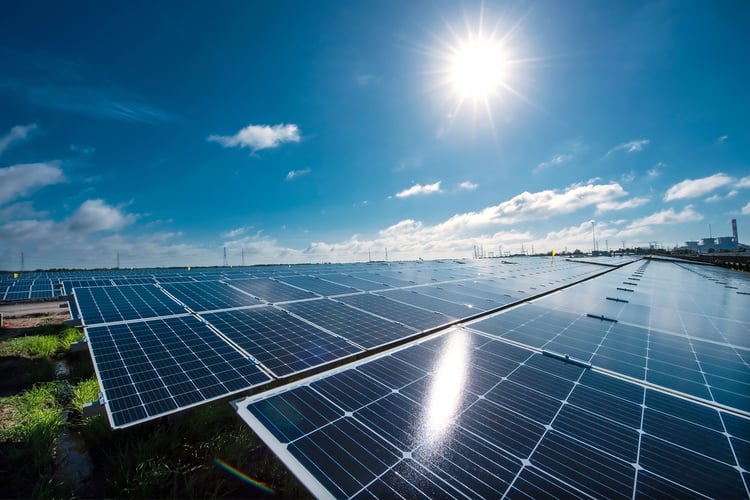A commercial solar panel can achieve a payback period of less than six years in buildings with abundant sunlight and high electrical rates. According to the Consumer Price Index Report published in June 2022, U.S. electricity prices increased by 13.7% in the 12-month period between June 2021 and 2022. However, this also means greater savings for homeowners. of solar panels: a system that saved $10,000/month at kilowatt-hour prices a year ago would now be saving more than $13,000/month.
The financial return offered by a commercial solar installation depends on several factors: available roof space, sunlight conditions, local kWh prices, adequate system sizing, use of quality equipment and obtaining a professional installation. Local incentive programs and regulations should also be considered, and they vary by state and city.
Get a professional solar photovoltaic system design for your commercial building.
In this article, we will discuss three important features you should look for when comparing solar panels for commercial buildings.
1) Check the solar manufacturer’s history and warranty

Most solar panels look similar, but this also means that high-quality and low-quality modules cannot always be identified at first glance. To make sure you are purchasing a good product, you should do a background check on the manufacturer and carefully review the warranty conditions.
- A long warranty backed by a renowned brand ensures that you obtain a financial return after using solar energy, as defects and breakdowns are covered.
- On the other hand, if you choose a solar brand with a questionable track record, your panels could fail within a few years (or months). Then, when you try to contact customer support, you may find that the manufacturer has gone out of business!
Solar panels typically have two types of warranties, and it's important to understand the difference between them. The product warranty covers you against defects and manufacturing issues, while the energy production warranty applies if the solar panels lose their generating capacity faster than specified by the manufacturer. Typical product warranties range from 10 to 25 years depending on the solar panel manufacturer and model, while power output warranties range from 25 to 30 years.
For example, your product warranty would apply if any of your solar panels suddenly fail within the coverage period. On the other hand, the energy production guarantee would apply if your solar panels were rated for 93% of initial production after 10 years, but degraded to 90% of production in just five years of use.
2) Look for large, high-power solar modules

If you use solar panels with a high power rating, you will need less to reach a given system capacity. This can help you save on installation costs as there are fewer modules in total and the number of racks required is also reduced. Commercial solar panels had a typical power rating of between 300 W and 400 W a few years ago, but several brands now offer modules rated at 500 W or higher.
As a quick example, suppose the ideal solar panel size is 500 kW on a commercial building. If you choose the newer 500-watt modules, your contractor will only need to install 1,000. To achieve the same capacity with modules smaller than 360 W, the contractor must install almost 1,400. This will likely increase your project costs: installation becomes more complex because there are 400 additional modules and you need more racks to hold them in place.
This does not mean that lower wattage solar panels are inferior products; they have their own apps. Residential solar systems tend to use smaller panels, as they are easier to manage on sloped roofs, and can be used in spaces where large modules cannot easily fit.
3) Look for Solar Panels with Low Temperature Coefficient

We tend to look at power values when comparing solar panels , but the temperature coefficient is also important. In simple terms, the temperature coefficient indicates the loss of performance when a solar panel heats up, using 25°C as a reference value.
- A temperature coefficient of -0.40% per °C indicates that the module will lose 4% productivity with a 10°C increase and 8% productivity with a 20°C increase.
- On the other hand, a module with a coefficient of -0.30% per °C will only lose 3% and 6% of productivity when exposed to the same increase in temperature.
Keep in mind that loss of performance due to increased temperature is a temporary effect and not permanent damage. However, consider that solar panels operate directly in the sun for many hours and tend to heat up. With a low temperature coefficient, productivity loss due to temperature is mitigated.

